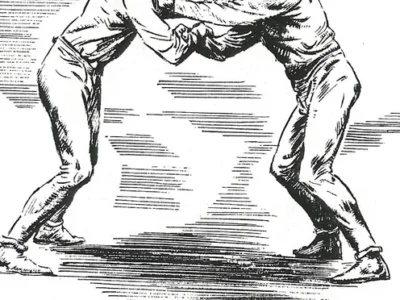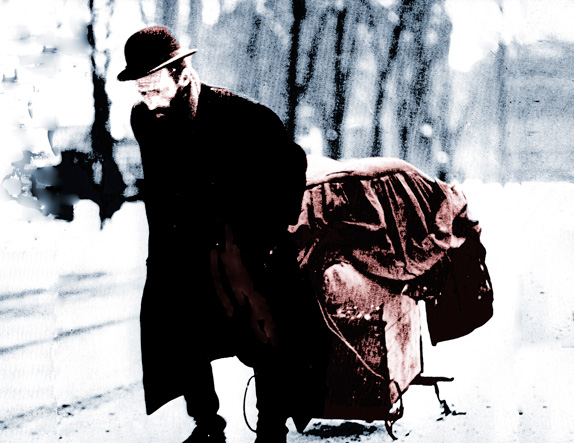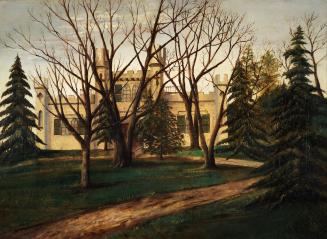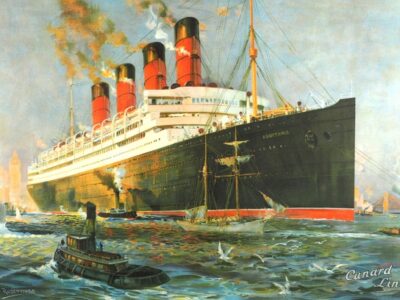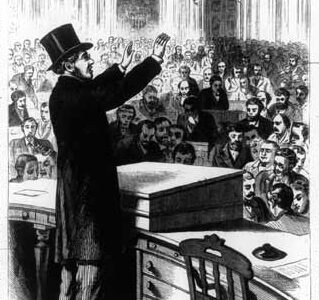Back about a century and a half ago, the town of Kamenets was a typical Russian-Polish shtetl consisting “of 250 old houses, black and small with shingled roofs,” and with some 450 Jews listed in the Revizski Skazki, the official government registry. However, most of the town’s Jews did not appear in the registry. Fearful…
Tag: 19th-century
Journeys of David Toback
by •
It is sometimes said that heredity is destiny — a phrase with some apparent truth in The Journeys of David Toback, an old (Yiddish) diary edited (in English) by Carole Malkin and published by Schocken Books. For David Toback, who became bar-mitvahed in a dirt-poor Ukrainian village in 1888, the pair of tefillin that his…
The Origin of Ivanhoe’s Rebecca
by •
Scottish novelist Walter Scott’s portraits of the Jew Isaac of York and his daughter Rebecca in his classic medieval romance Ivanhoe (1819) provides English literature with its strongest positive counterbalance to the stereotypical conception of the Jew as a dark misanthropic being along the lines of Shakespeare’s Shylock. Thackeray, who grew up with Ivanhoe, described…
The model for Proust’s dandified Swann
by •
Swan’s Way, a book by French author Henri Raczymow that has been recently released in English translation (Northwestern University Press), is a probing literary inquiry into the once-celebrated Jewish dandy in late 19th-century French society upon whom writer Marcel Proust modeled Charles Swann, a major character in his famous novel Remembrance of Things Past. Raczymow,…
God and the American Writer
by •
American literary critic Alfred Kazin spoke at the International Festival of Authors on the subject of his latest book, God and the American Writer (Knopf, 1997) — namely, the supreme relevance of God to public discourse in America in the last century, versus God’s supreme irrelevance to public discourse today. Whether they were believers or not,…
All Other Nights is Horn’s best yet
by •
Dara Horn’s third novel combines her trademark cleverness, depth of Jewish knowledge, and strong literary sensibility into a fast-paced adventure-intrigue in which Jewish characters make a significant difference in the American Civil War. Jacob Rappaport, the 19-year-old son of a New York industrialist, joins the Union Army rather than accept the poor match his father,…
On Jewish Memoirs and Autobiography
by •
On the several occasions when I’ve enrolled in creative-writing or memoir-writing workshops, usually with the aim of finishing a particular story that I’ve written, I’ve always been struck by the wealth of literary talent seated around the table. This has generally come as a pleasant surprise, since I’ve also observed that few people possess the…
Emma Lazarus bio
by •
Emma Lazarus, who died 120 years ago at the premature age of only 38, fixed her place in American literary history through her poem “The New Colossus,” which famously graces a bronze plaque at the base of the Statue of Liberty. Some of its stanzas are too well known to bear repeating even today, but,…
The Jewish ghetto in literature
by •
An intriguing collection of essays throws a new light into the dark world of the Jewish ghettos of Eastern Europe as seen by a cavalcade of Jewish writers including Heinrich Heine and Joseph Roth, and numerous others who have been all but forgotten. Ghetto Writing: Traditional and Eastern Jewry in German-Jewish Literature from Heine to…
The de Solas: A Distinguished Sephardic Lineage
by •
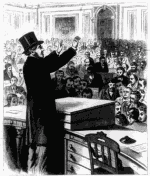
When Abraham de Sola arrived in Montreal in 1846 to serve as spiritual leader of the city’s Spanish and Portuguese Congregation, he carried a letter from his father, David de Sola, rabbi of London’s Bevis Marks synagogue, beseeching the community to look after him because he was only 19 years old. Abraham de Sola was…

